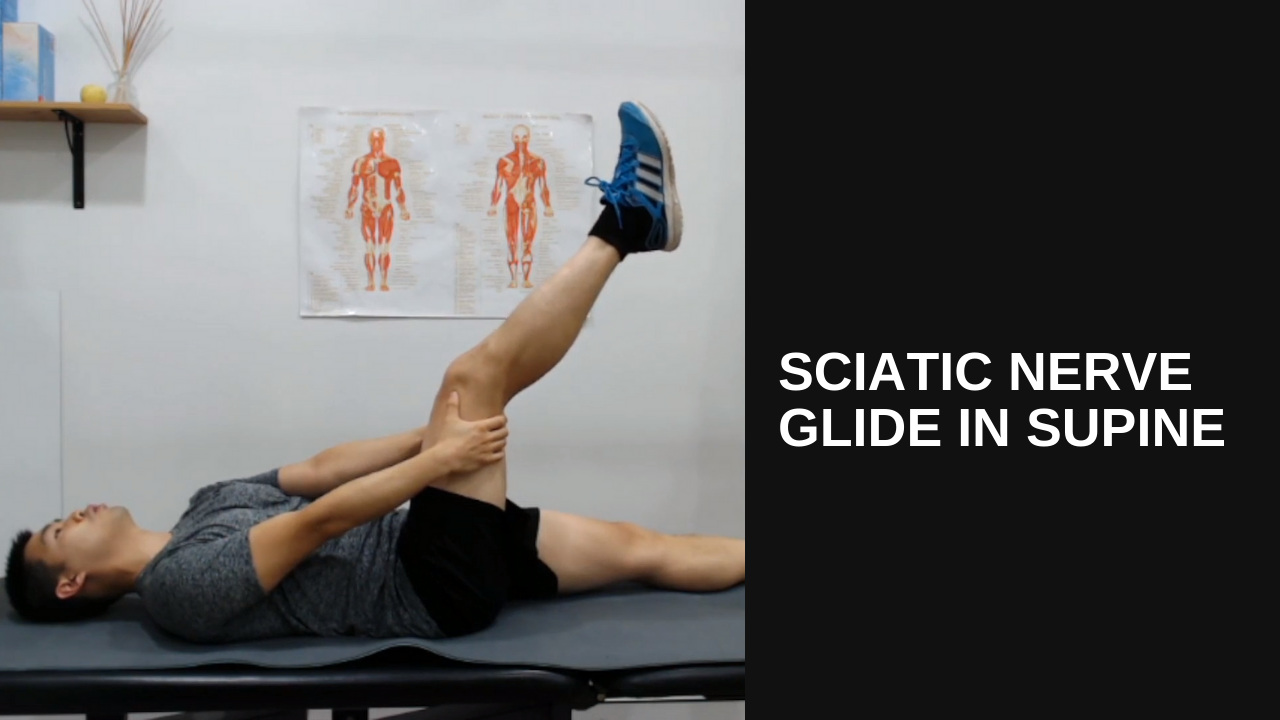Hip Flexor Rehab
In this video, we’ll guide you through effective exercises to strengthen your hip flexors. Strong hip flexors are essential for stability, mobility, and reducing strain on your lower back and legs. Let’s get started on building a stronger foundation for movement!
Bridge with band and dumbbell
A video focusing on glute strengthening with the bridging exercise. Strong glutes support your lower back, improve posture, and enhance overall stability. Let’s dive in and build a solid foundation together!
Core Activation
Video on core activation exercises to protect your lower back. A strong core is essential for stability, reducing strain, and preventing injuries. Let’s get started on building core strength for better back support!
Glute Extension in 4 Point Kneeling
Gluteal tendinitis involves inflammation in the tendons supporting the glute muscles, which are key for hip and pelvis stability. These exercises target pain relief and recovery for people with active lifestyles or professions—like athletes, tradespeople, and those who stand for extended periods. Strengthen your glutes to reduce discomfort and enhance mobility.
Patella tendon loading lunges
Patella tendon rehabilitation focuses on reducing knee pain and restoring strength in the tendon that connects the kneecap to the shinbone. These exercises are ideal for athletes, runners, and those with active lifestyles prone to knee strain. Improve knee stability, support recovery, and prevent future injury
Iliacus activation
Iliacus and psoas activation exercises target the primary hip flexors, essential for core stability and smooth hip movement. Ideal for individuals with sedentary jobs, athletes, and anyone aiming to improve posture and reduce lower back strain. Strengthen these deep muscles for enhanced flexibility and core support.
Sciatic nerve glide in supine
Sciatic nerve glides help relieve tension along the sciatic nerve pathway, reducing discomfort in the lower back, glutes, and legs. Perfect for those with sciatica, desk workers, and anyone experiencing nerve-related pain or stiffness. Promote flexibility and ease of movement with these gentle, targeted exercises.
Sciatic nerve glide in sitting
Sciatic nerve glides in a seated position target sciatica and nerve pain radiating down the leg, providing relief and improving mobility. Ideal for desk workers, drivers, or anyone with sciatic discomfort, these exercises help ease tension along the nerve, promoting comfort and flexibility in daily activities.
Ulnar nerve glide
Ulnar nerve glides target numbness and tingling in the arm and hand, often caused by nerve compression or prolonged arm positioning. Ideal for desk workers, athletes, and anyone experiencing hand discomfort, these exercises help reduce nerve tension, enhancing comfort and mobility in the arm and hand.
Median nerve glide
Median nerve glides alleviate numbness and tingling in the arm and hand, often due to conditions like carpal tunnel syndrome. Perfect for desk workers, manual laborers, and anyone experiencing hand discomfort, these exercises help relieve nerve compression, promoting improved sensation and mobility in the arm and hand.
Radial nerve glide
Radial nerve glides help reduce numbness and tingling in the arm and hand, often linked to nerve compression from repetitive movements or prolonged positioning. Ideal for desk workers, athletes, and individuals with hand discomfort, these exercises target radial nerve tension, improving flexibility and comfort throughout the arm.
Side Plank Hold
The side plank exercise builds shoulder stability and core strength, essential for balanced upper body control. Ideal for athletes, individuals rehabbing shoulder injuries, and anyone aiming to improve posture, this exercise enhances shoulder endurance, supports joint alignment, and promotes full-body stability.
Sidelay shoulder stretch
Side-lying shoulder stretches improve shoulder flexibility and release tension in the upper back and chest. Ideal for individuals with tight shoulders, desk workers, and those aiming to enhance upper body mobility, this exercise promotes relaxed shoulder alignment and eases muscle stiffness.
Reverse butterfly
The reverse butterfly exercise targets the upper back muscles, enhancing posture and shoulder stability. Ideal for individuals with rounded shoulders, desk workers, and those aiming to strengthen their upper back, this exercise improves shoulder alignment, reduces strain, and promotes balanced upper body strength.
Running tips for return runners
Returning to running after recovery requires a gradual approach to prevent re-injury and rebuild strength. Key tips include starting with low-impact intervals, focusing on form and cadence, incorporating strength exercises, and allowing adequate rest. This guide is ideal for runners looking to ease back into their routine safely, ensuring a steady and sustainable return to peak performance.
Sphinx neck rotation
Neck rotation in the Sphinx (prone) position strengthens neck muscles and improves mobility, making it ideal for office workers with neck tension from prolonged sitting. This exercise promotes better posture, reduces stiffness, and enhances neck stability, supporting long-term spinal health.
Raised shoulder lifts
Rotator cuff strengthening with arms lifted targets shoulder stability and enhances upper body control. Ideal for individuals rehabbing shoulder injuries or aiming to prevent strain. This is a grade-1 light exercise. It is also suitable for people with frozen shoulders.
Wall chest stretch
The wall stretch for the chest helps open tight chest muscles, making it ideal for office workers with hunched shoulders from prolonged sitting. This stretch promotes better posture, reduces shoulder tension, and enhances upper body mobility, encouraging a more aligned and relaxed posture.
Neck turning laying down
The neck-turning exercise in a lying-down position gently relieves stiffness from wry neck and serves as an initial movement for whiplash recovery. This light exercise promotes neck mobility, eases muscle tension, and supports gradual improvement in range of motion, ideal for early-stage rehabilitation.
Shoulder pull up
The shoulder pull-up against a resistance band is designed for the final stage of shoulder pain recovery, enhancing strength and stability. This exercise builds shoulder endurance, supports full range of motion, and promotes balanced muscle activation, preparing the shoulder for return to regular activity.




















